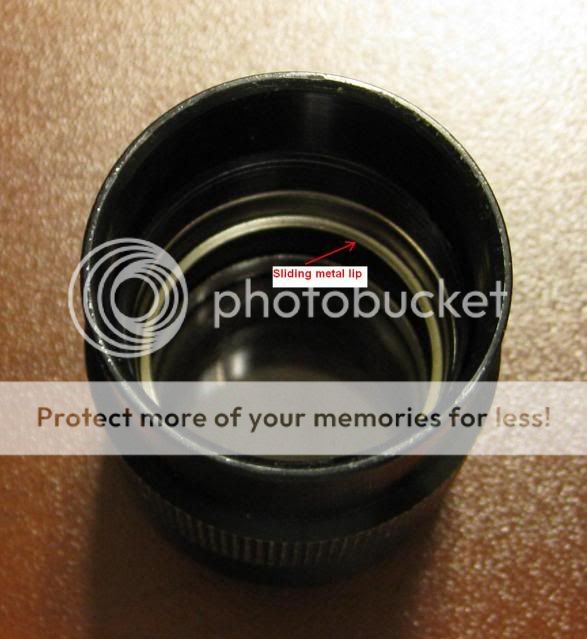realitycheck
Newly Enlightened
- Joined
- Feb 22, 2006
- Messages
- 74
I ordered a M60 drop in from malkoff devices yesterday. I was looking at his instructions for when it comes in and I noticed his instructions say if you have a shock absorbing head your supposed to install a copper ring he sells. Well how do you know if yo have a shock absorbing head???
I have a SureFire G2 LED.
I'm assuming minde probably is because it has one small spring and one big one on the module.
So do I?
Thanks for your help.
I have a SureFire G2 LED.
I'm assuming minde probably is because it has one small spring and one big one on the module.
So do I?
Thanks for your help.









